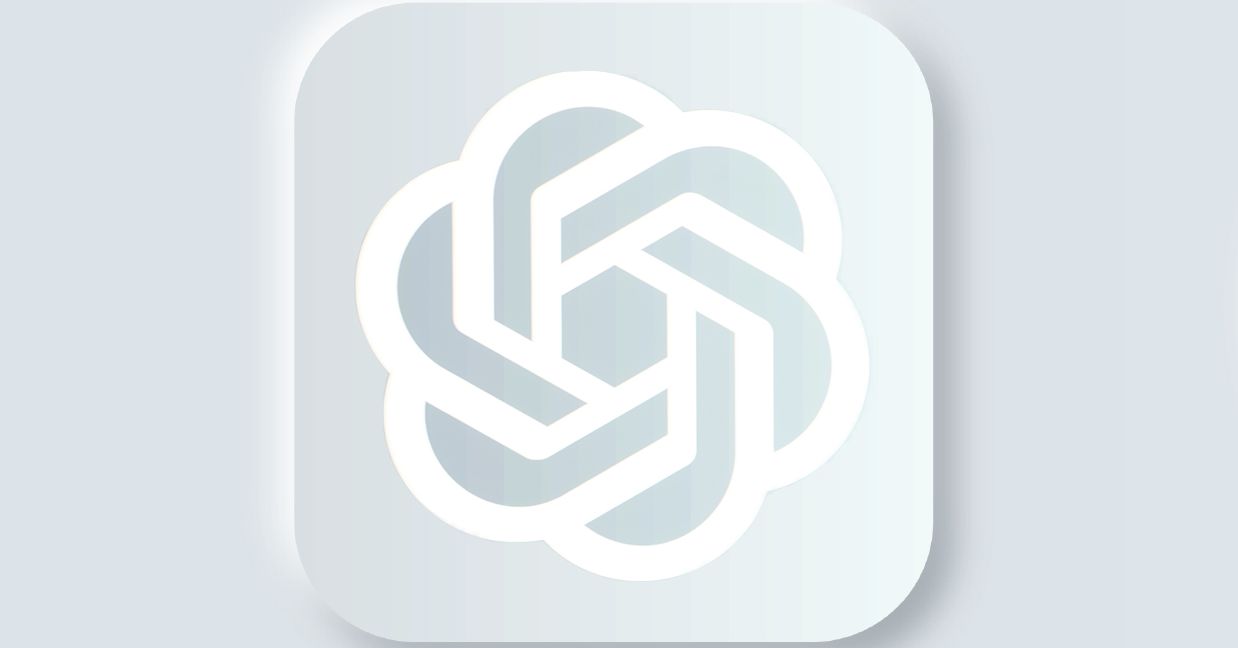Tech
Solar power cuts electricity bills and carbon emissions—NZ needs to scale up faster

Solar power is now the cheapest form of electricity in most countries, including New Zealand, and its global uptake is growing exponentially.
So far, New Zealand’s adoption of solar electricity generation has been slower than elsewhere, but it is accelerating quickly. Scaling up installation could help reduce high consumer energy prices and meet New Zealand’s emissions budgets.
Based on current policies, New Zealand is at risk of exceeding its emissions budget for the period from 2026 to 2030, and current plans are insufficient to stay within the subsequent five-year budget up to 2035.
The Climate Change Commission estimates solar combined with battery storage could cut 3.9 million tons of carbon dioxide equivalent emissions between 2031 and 2035.
This is important, as a major part of the government’s plan for cutting emissions over the next five years rested on a carbon capture project at the Kapuni gas field, which seems to have fallen through.
New Zealand is also facing an energy shortage, leading to high electricity prices. But solar could be part of the solution because global reductions in the price of panels mean residential solar is now likely the cheapest option for households.
Solar on the rise
The solar energy reaching Earth each hour is roughly equivalent to a year of humankind’s global energy consumption.
This is not to say our current energy demand should be the target. We need to reduce consumption and use energy more efficiently, even as we continue the shift to more renewable power generation.
But a small fraction of sunlight can go a long way and many countries are taking advantage of this. For example, a consumer-led solar revolution is happening in Pakistan in response to longstanding energy supply problems. This year, solar became the largest source of electricity in Pakistan, surging to 25% of generation from about 5% just three years ago.
The uptake of solar electricity generation is also growing in New Zealand, with a significant uptick in projects for both utility-scale solar farms and household installations.
New Zealand has five large-scale solar farms in operation, and many more in the pipeline (nine at delivery stage, 33 under investigation). We also have more than 65,000 residential solar installations, up from about 7,500 a decade ago.
Despite the rapid growth in recent years, this is still a relatively low adoption rate compared to some other countries, with only about 3-4% of homes having solar installed.
A frequent argument against solar electricity generation is that it is intermittent. But solar panels can use hot water cylinders or batteries to store energy for later use.
And while New Zealand may not get quite as much sunshine as other countries, our existing renewable generation and hydro-lake storage mean we don’t have to invest as much in batteries to buffer intermittent generation.
Also, the flip side of intermittent power sources is that they turn back on—fossil fuels can only be used once.
Managing solar at scale
The energy and emissions-cutting benefits of solar generation are well quantified. Solar panels generate the amount of energy required to manufacture them in less than two years, compared with a total lifetime of about 30 years.
It takes slightly longer to pay back the carbon emissions from their manufacture in New Zealand than elsewhere, because we already have a comparatively high proportion of renewable electricity generation. The carbon payback is faster if solar is used in ways that directly displace fossil fuels (for example, electricity from gas or coal) or if the panels are manufactured in places with low carbon intensity (low emissions per unit of economic activity or energy produced).
There is still work to do. We need to address practical challenges such as effective grid integration and storage, as well as social issues such as ensuring that low-income households aren’t disadvantaged.
Globally, the mining of raw materials for solar panels is a key issue, and we need to ensure ethical supply chains and labor practices associated with materials and manufacture. Ultimately, we need to reach a system where solar panels are recycled to avoid the need for indefinite mining, and to keep panels out of landfills.
This goal looks promising. Solar panel recycling is an active area of research and already possible, although not yet profitable.
As the uptake of solar accelerates, New Zealand should make sure suitable policies are in place. In terms of materials, we should require recycling of solar panels. On the social side, we should ensure support for low-income households and consider incentives for solar installations on rental properties.
Researchers are also exploring next-generation solar power with lower energy and material demands in their manufacture. In most commercial solar panels, the dominant contribution to manufacturing emissions is the silicon “active layer.” There are multiple alternatives to silicon and new technologies use different materials for the active layer.
For example, my research focuses on solution-printable organic semiconductors. These materials absorb light very strongly, which means the active layer is about a thousand times thinner than in a silicon solar panel. A kilogram of material can cover more than 5,000 square meters.
It will take time for these new technologies to reach the same level of development as today’s solar panels. They will likely first enter the market as complementary products such as lightweight installations on low load-bearing surfaces (warehouse roofs) and in building-integrated applications.
Economically viable solar energy generation is a triumph of long-term scientific and engineering development that began in the 1950s and is poised to play a key role in decarbonization. New Zealand needs to think about how to manage this technology at scale if we want to make the most of this opportunity.
This article is republished from The Conversation under a Creative Commons license. Read the original article.![]()
Citation:
Solar power cuts electricity bills and carbon emissions—NZ needs to scale up faster (2025, September 18)
retrieved 18 September 2025
from https://techxplore.com/news/2025-09-solar-power-electricity-bills-carbon.html
This document is subject to copyright. Apart from any fair dealing for the purpose of private study or research, no
part may be reproduced without the written permission. The content is provided for information purposes only.
Tech
OpenAI’s Child Exploitation Reports Increased Sharply This Year

OpenAI sent 80 times as many child exploitation incident reports to the National Center for Missing & Exploited Children during the first half of 2025 as it did during a similar time period in 2024, according to a recent update from the company. The NCMEC’s CyberTipline is a Congressionally authorized clearinghouse for reporting child sexual abuse material (CSAM) and other forms of child exploitation.
Companies are required by law to report apparent child exploitation to the CyberTipline. When a company sends a report, NCMEC reviews it and then forwards it to the appropriate law enforcement agency for investigation.
Statistics related to NCMEC reports can be nuanced. Increased reports can sometimes indicate changes in a platform’s automated moderation, or the criteria it uses to decide whether a report is necessary, rather than necessarily indicating an increase in nefarious activity.
Additionally, the same piece of content can be the subject of multiple reports, and a single report can be about multiple pieces of content. Some platforms, including OpenAI, disclose the number of both the reports and the total pieces of content they were about for a more complete picture.
OpenAI spokesperson Gaby Raila said in a statement that the company made investments toward the end of 2024 “to increase [its] capacity to review and action reports in order to keep pace with current and future user growth.” Raila also said that the time frame corresponds to “the introduction of more product surfaces that allowed image uploads and the growing popularity of our products, which contributed to the increase in reports.” In August, Nick Turley, vice president and head of ChatGPT, announced that the app had four times the amount of weekly active users than it did the year before.
During the first half of 2025, the number of CyberTipline reports OpenAI sent was roughly the same as the amount of content OpenAI sent the reports about—75,027 compared to 74,559. In the first half of 2024, it sent 947 CyberTipline reports about 3,252 pieces of content. Both the number of reports and pieces of content the reports saw a marked increase between the two time periods.
Content, in this context, could mean multiple things. OpenAI has said that it reports all instances of CSAM, including uploads and requests, to NCMEC. Besides its ChatGPT app, which allows users to upload files—including images—and can generate text and images in response, OpenAI also offers access to its models via API access. The most recent NCMEC count wouldn’t include any reports related to video-generation app Sora, as its September release was after the time frame covered by the update.
The spike in reports follows a similar pattern to what NCMEC has observed at the CyberTipline more broadly with the rise of generative AI. The center’s analysis of all CyberTipline data found that reports involving generative AI saw a 1,325 percent increase between 2023 and 2024. NCMEC has not yet released 2025 data, and while other large AI labs like Google publish statistics about the NCMEC reports they’ve made, they don’t specify what percentage of those reports are AI-related.
Tech
The Doomsday Glacier Is Getting Closer and Closer to Irreversible Collapse

Known as the “Doomsday Glacier,” the Thwaites Glacier in Antarctica is one of the most rapidly changing glaciers on Earth, and its future evolution is one of the biggest unknowns when it comes to predicting global sea level rise.
The eastern ice shelf of the Thwaites Glacier is supported at its northern end by a ridge of the ocean floor. However, over the past two decades, cracks in the upper reaches of the glacier have increased rapidly, weakening its structural stability. A new study by the International Thwaites Glacier Collaboration (ITGC) presents a detailed record of this gradual collapse process.
Researchers at the Centre for Earth Observation and Science at the University of Manitoba, Canada, analyzed observational data from 2002 to 2022 to track the formation and propagation of cracks in the ice shelf shear zone. They discovered that as the cracks grew, the connection between the ice shelf and the mid-ocean ridge weakened, accelerating the upstream flow of ice.
The Crack in the Ice Shelf Widens in Two Stages
The study reveals that the weakening of the ice shelf occurred in four distinct phases, with crack growth occurring in two stages. In the first phase, long cracks appeared along the ice flow, gradually extending eastward. Some exceeded 8 km in length and spanned the entire shelf. In the second phase, numerous short cross-flow cracks, less than 2 km long, emerged, doubling the total length of the fissures.
Analysis of satellite images showed that the total length of the cracks increased from about 165 km in 2002 to approximately 336 km in 2021. Meanwhile, the average length of each crack decreased from 3.2 km to 1.5 km, with a notable increase in small cracks. These changes reflect a significant shift in the stress state of the ice shelf, that is, in the interaction of forces within its structure.
Between 2002 and 2006, the ice shelf accelerated as it was pulled by nearby fast-moving currents, generating compressive stress on the anchorage point, which initially stabilized the shelf. After 2007, the shear zone between the shelf and the Western ice tongue collapsed. The stress concentrated around the anchorage point, leading to the formation of large cracks.
Since 2017, these cracks have completely penetrated the ice shelf, severing the connection to the anchorage. According to researchers, this has accelerated the upstream flow of ice and turned the anchorage into a destabilizing factor.
Feedback Loop Collapse
One of the most significant findings of the study is the existence of a feedback loop: Cracks accelerate the flow of ice, and in turn, this increased speed generates new cracks. This process was clearly recorded by the GPS devices that the team deployed on the ice shelf between 2020 and 2022.
During the winter of 2020, the upward propagation of structural changes in the shear zone was particularly evident. These changes advanced at a rate of approximately 55 kilometers per year within the ice shelf, demonstrating that structural collapse in the shear zone directly impacts upstream ice flow.
Tech
Grado’s Signature S750 Headphones Sound Modern but Feel Like the ’70s

The friction-pole mechanism for headband adjustment is no less agricultural, for all its familiarity where Grado headphone designs are concerned. And while the detachable cable is a fair bit more flexible than some older Grado models, that’s not the same as saying it’s meaningfully flexible. If there’s a more willfully unhelpful length of cable in all of headphone-land, I’ve yet to encounter it.
On the subject of the cable: Grado provides 180-ish centimeters of it with a 6.3-mm termination at the end. When you’re charging this sort of money for headphones, it’s not outlandish to imagine your customer might have a device that accepts a balanced connection. Frankly, why there isn’t a choice of cables in the packaging is, frankly, beyond me. It’s something that the overwhelming majority of Grado’s rivals provide as a matter of course, and though the company’s website suggests there are forthcoming cable options “including a variety of lengths, as well as balanced terminations such as 4-pin XLR and 4.4mm,” these have been “forthcoming” for quite some time now, and will have a cost attached.
Photograph: Simon Lucas
I’m in no position to doubt the effectiveness of the “B” ear cushions where sound quality is concerned. After all, the Signature S750 sound superb, and Grado suggests the cushion design is a contributing factor. What I do feel qualified to say, though, is that the raw-feeling foam of the ear cushions is not especially comfortable, and that it retains and returns the wearer’s body heat with something approaching glee. “Premium” and “luxurious” are not words that apply.
Ultimately, it depends on what your priorities are. There’s certainly no arguing with the way the Signature S750 sound. They’re uncomplicatedly impressive and periodically quite thrilling to listen to, depending on the mix. But unless you’re one of those hair-shirt hi-fi fundamentalists from back in the day, one of those listeners who somehow doesn’t believe outstanding sound quality is valid unless there’s some suffering attached, there may well be too many shortcomings to overlook when it comes to these Grados. “Hand-assembled in Brooklyn, USA” notwithstanding.
-

 Business1 week ago
Business1 week agoHitting The ‘High Notes’ In Ties: Nepal Set To Lift Ban On Indian Bills Above ₹100
-

 Business1 week ago
Business1 week agoStudying Abroad Is Costly, But Not Impossible: Experts On Smarter Financial Planning
-

 Business1 week ago
Business1 week agoKSE-100 index gains 876 points amid cut in policy rate | The Express Tribune
-

 Sports1 week ago
Sports1 week agoJets defensive lineman rips NFL officials after ejection vs Jaguars
-

 Fashion4 days ago
Fashion4 days agoIndonesia’s thrift surge fuels waste and textile industry woes
-

 Business4 days ago
Business4 days agoBP names new boss as current CEO leaves after less than two years
-

 Tech1 week ago
Tech1 week agoFor the First Time, AI Analyzes Language as Well as a Human Expert
-

 Entertainment1 week ago
Entertainment1 week agoPrince Harry, Meghan Markle’s 2025 Christmas card: A shift in strategy


















